The first trivial difference between Formula E and Formula 1 is clearly that of feeding the so-called "powertrain" or thruster. While Formula 1 cars are equipped with hybrid engines, i.e. composed of a thermal/electrical system, Formula E cars are totally electric. The presence of the electric motor even on Formula 1 single-seaters may surprise the uninitiated, but that's right: a Ferrari, as well as a Red Bull or a Mercedes, are all equipped with what mechanical engineers call "ERS“, i.e. Energy Recovery System. In turn, the ERS consists of four parts: two electric motors, a control unit and an 800 Volt battery system. The great thing is that this technology was born from the skills gained in Formula E and the introduction of these power units in Formula 1 has made it possible to develop the best performance ever in terms of efficiency (52%). To make a comparison, a purely internal combustion engine, fueled by petrol, has an efficiency that rarely goes beyond 40%. The rest of the energy is wasted in the form of heat, produced unnecessarily also as a result of friction between the mechanical parts.
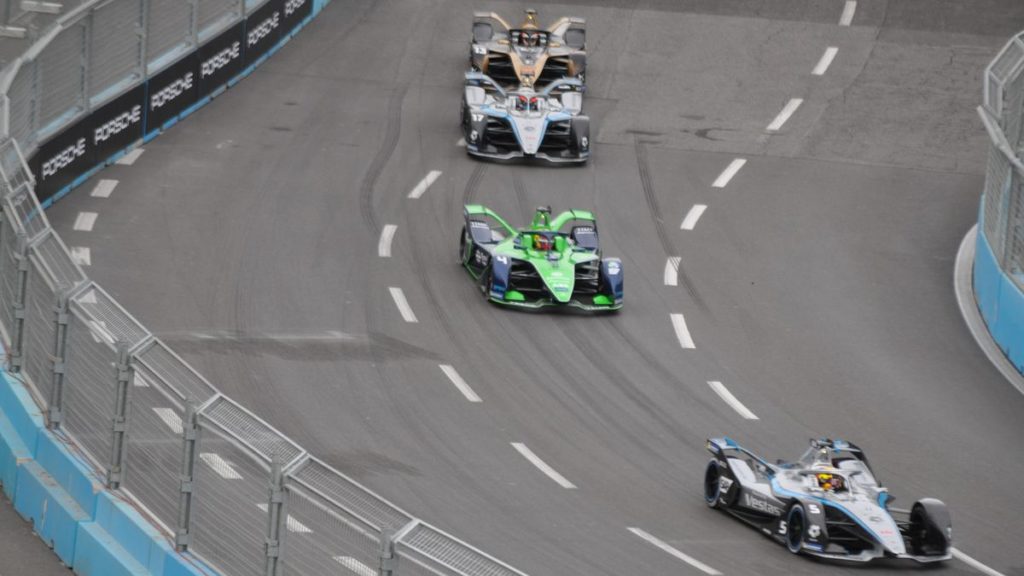
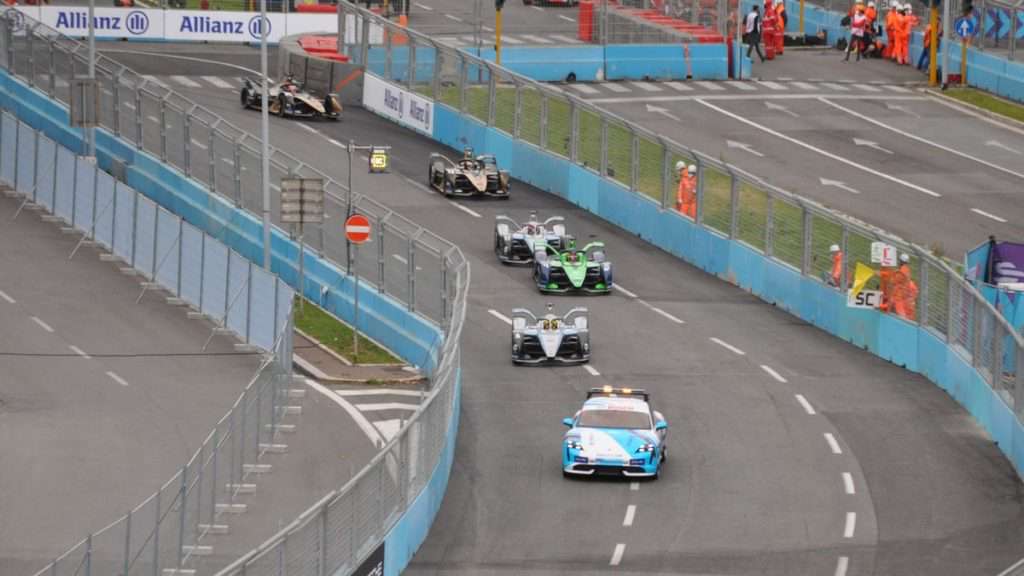
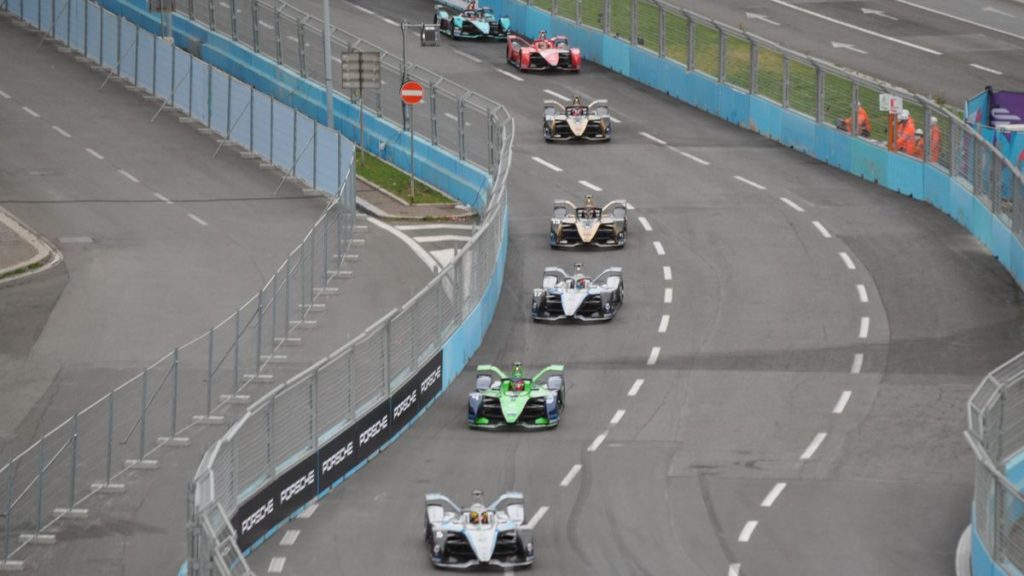
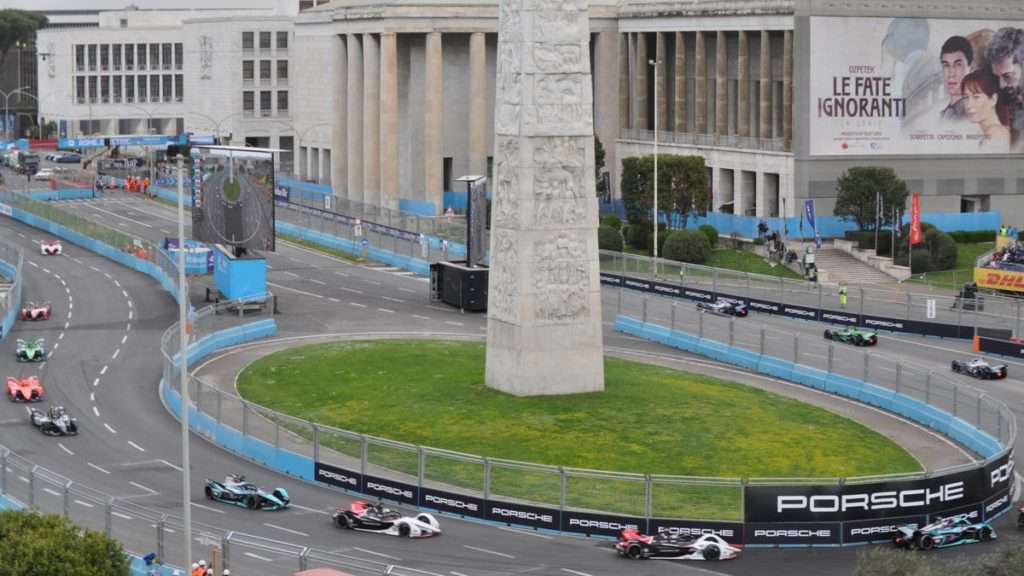
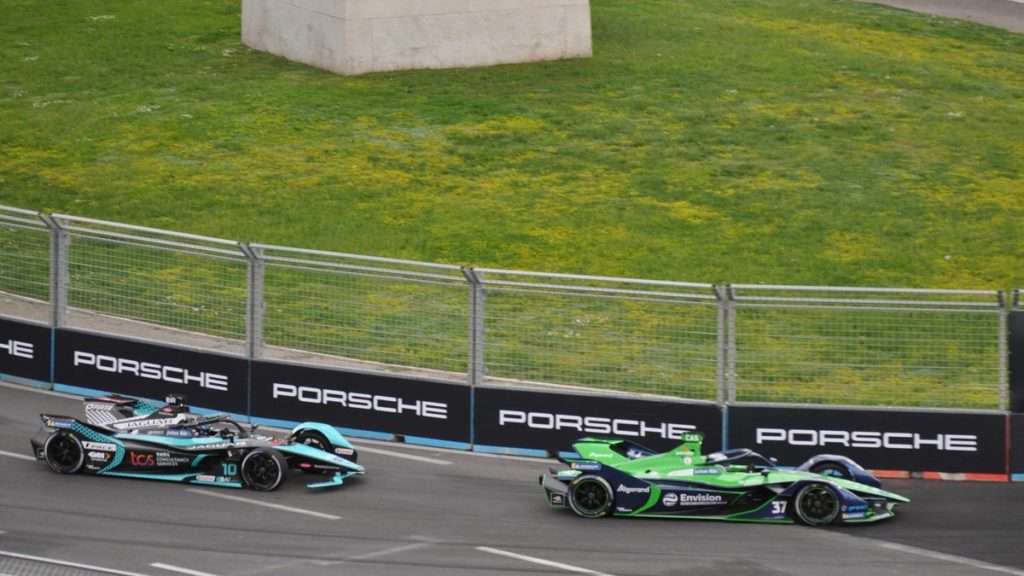
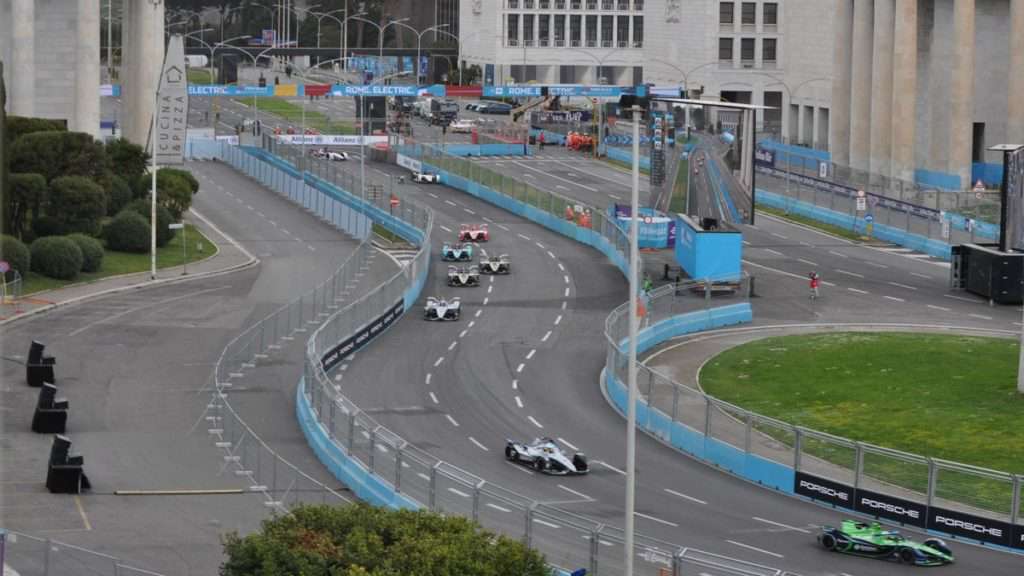
Features
An engine of a modern Formula 1 car can count on 6 cylindrical chambers where as many pistons slide in the classic 90-degree "V" arrangement. The total volume occupied by the cylinders is approximately 1600 cubic centimetres. The maximum power, in the most performing cars, is approx 1000 CV (735 kW) and the maximum overall torque is approximately 700 Newtons per metre. Here the comparisons are very relative, because, first of all, the electric motor has no cylinders, but gears and quantifying the volume occupied does not allow for any kind of comparison with the classic engine capacities. The maximum power delivered by these engines is currently 250 kW, or 340 HP. In the third generation cars (Gen3), already ready to be introduced in next year's championship, the values will reach 350 kW of power (470 CV). As far as the driving torque is concerned, the combination is really daring because on electric motors the torque is a function of the electric current absorbed. Delivery is certainly more immediate than a thermal engine, but globally it is not possible to make a meaningful comparison. Certainly the engines of the electric single-seaters of the future (already starting from the Gen3) will come to have a power-to-weight ratio twice as efficient than an equivalent internal combustion engine.
The fuels
The fuels used on Formula 1 single-seaters are increasingly close to those used on everyday cars – or perhaps it would be better to say the opposite – but they still have some differences which guarantee particular performance to racing single-seaters. Fernando Alonso, in 2011 did a test and was able to quantify the difference in performance in about 1 second on a track lap, although the commercial fuel, a common V-Power Shell, available at gas stations, gave him even higher peak speeds. In both cases, it is the fuel type E10i.e. with a percentage of ethanol equal to 10%. What instead powers the electric motor of the Formula E cars? Simple: the electric charge accumulated in the lithium-ion battery of each car. It should be emphasized that this battery alone represents almost half of the total weight of an electric single-seater (excluding the driver). From the point of view of refuelling, pit stops are scheduled during a Formula 1 Grand Prix to add fuel, while refueling during qualifying or during a Formula E race is strictly prohibited.
Performance and size
Perhaps the comparison that arouses the most curiosity: Formula 1 cars have a maximum speed of 330 Km / h and they manage to pass from 0 to 100 km / h in 1.7 seconds. The maximum speed of the Gen2 Formula E cars, on the other hand, is 280 km/h (320 km/h the Gen3), while they manage to pass from 0 to 100 in 2.8 seconds. Typically the cars of formula 1 have more generous dimensions. The difference is about 50/60 cm in length and about 20/30 cm in width. The 2022 chassis standard for the Formula E supplier, ie Spark Dallara, is 5,1 meters long and 1,77 meters wide.
Races, Drivers and Teams
In Formula 1, for 2022, they are well planned 23 races in 20 different countries. In Formula E they will be contested, in 2022, only 16 races, in just 10 countries. Formula E foresees, in some cases, a double consecutive date of the same Grand Prix, in the same circuit, such as for example the Rome E-Prix, where the 4th and 5th races of this year's Championship were held . 21 riders entered in the Formula 1 World Championship e 10 stables against 22 riders e 11 stables of Formula E. Practically the same number of "actors" for half of the appointments as regards the "electrical circuit". These events attract on average an audience ranging from 10.000 to 20.000 spectators (exactly this number of people are expected in Rome over the weekend of the races). In Formula 1 races, the number is very variable. They range from 15.000 in Montecarlo (on average) to 50.000 in Monza (also thanks to the availability of lawns).
Rules
Despite some similarities, the green single-seater races are very different from those of Formula 1 cars. There is also one here drivers ranking and a “builders” (it would be better to say “team ranking"). To be awarded points are alone the top 10 drivers to cross the finish line. Not only that, points (+3) are also awarded to those who conquer the Pole Positions during qualifying, to whoever records the fastest lap both in qualifying (+1) and in the race (+1), the latter however only if he finishes within the first 10 of the race, otherwise this point is assigned to the second time , provided that he is in the group of the top 10. The day of the so-called “evidence“, he turns on the track a reduced power only to do reconnaissance and test of the cars. So they do"free tests” at full power, but without the results being taken into consideration to draw up official rankings. Then comes the qualifying match which is done by dividing the group of 22 into two blocks, based on the position of each one in the drivers' standings (from 1st to 11th and from 12th to 22nd). It goes on the track for 10 minutes (first one group then the other) at full power and the fastest top 4 of the two groups move on to the next round. At this point 4 groups of 2 collide which then enter again disputes of only 2 cars which, in turn, challenge each other to be able to prevail over their opponents with faster laps.
We then arrive at the real race and proper: 45 minutes to ride on the track. At the end of the time, he waits for the race leader to cross the finish line and takes one last lap to decide who will win the Grand Prix. From 2018/19 there is the possibility to take advantage of what the organizers have called “attack mode“, that is an exit from the fast trajectory of the track, for a maximum of ten metres, “in exchange” for a power boost of 30kW, to be activated with a button on the steering wheel (which lights up colored LEDs on the body of the single-seater visible to the public). Having made this choice, it is then possible to use the additional power for a few laps. Another power boost can be granted directly by the audience. As? By voting for your favorite driver online, on FIA Formula E website or on the smartphone App (you can vote several times, with a pre-established interval). The driver, for his part, can use these additional kW for no more than 5 seconds during the second half of the race. As already mentioned, "refuelling" is not allowed and tire changes are only possible in the event of a puncture. From the low-power practice session to the actual race, you only have 8 tires available per event.

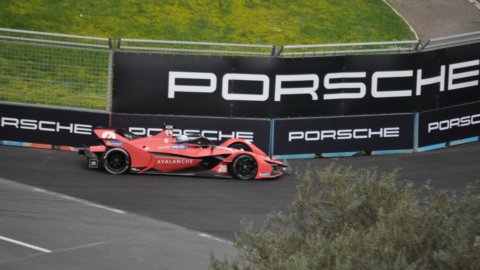


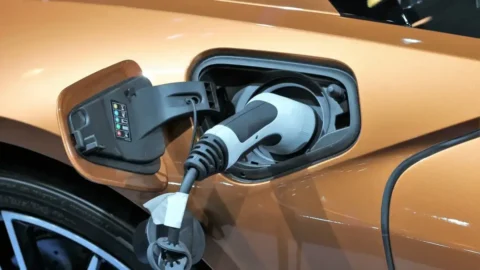
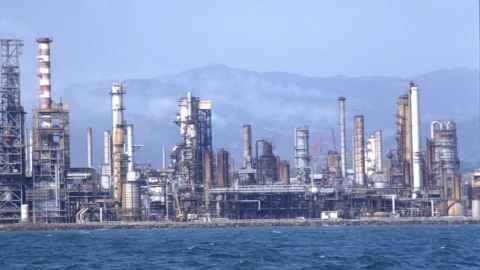
Finally explained well and in detail. Kudos to the obviously competent author
Finally someone who was able to explain Formula E to me.
Thank you.